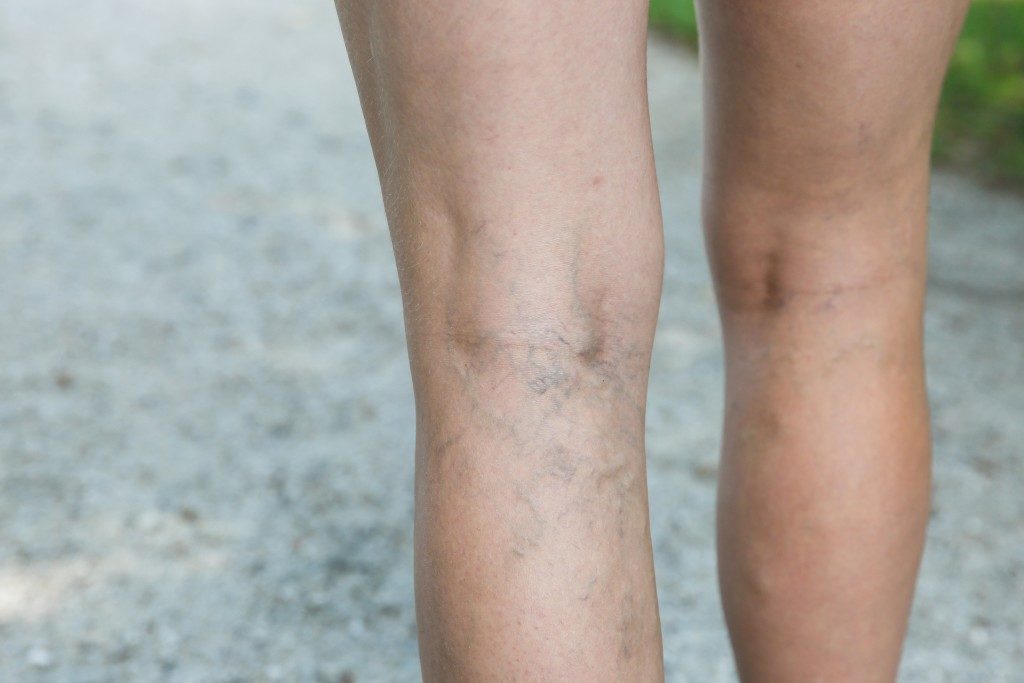A cavity is a type of tooth decay that happens when bacteria produce acid, eroding the enamel and the dentin. Some of the earliest symptoms include pain and sensitivity to temperature in foods. Many people, however, are unaware of the risks of developing cavities, and so they do not watch their oral hygiene, even that of their children.
The situation even worsens when parents fail to take their kids to a pediatric dentist in Millcreek for proper diagnosis and treatment. For dentists, treating cavities is a routine procedure. They clean out the tooth and fill up the space. For parents, on the other hand, it can be a bit more overwhelming.
By knowing the types of fillings that may be used in the procedure, you can restore some control, as you will be empowered to make the right choice. Here are the most common types of fillings.
Silver Amalgam
This filling is made of different minerals including copper, mercury, zinc, tin and silver. It is popular for its strength and durability. It is also not very costly. It can last up to 15 years with proper care. It is easy to fit, and you will not need to be afraid of issues like contamination. The only downside of this filling is that it does not look that nice.
Therefore, you would want to pick this option for teeth that are hidden. The material can contract and expand with time and cause a crack in the teeth. The fluctuations may also form a space between the teeth creating room for bacteria to grow.
Composite Filling
This is manufactured using plastic material and resin. It is placed in the cavity as soft materials and then cured to become harder. The biggest benefit of this filling is that coloring can make it look like your natural teeth. The flip side is that this filling will need to be replaced in about five years.
Ceramic Filling

Made from porcelain, a ceramic filling is both pleasing to the eye and durable. It is very expensive, but it rends to you benefits like stain and abrasion resistance. The only problem with this filling is that it is brittle. It will need to be fitted to replace large teeth so that there is room for bulking. The term most commonly used for this type of filling is inlay.
Glass Ionomers
These fillings are arguably the best option for children because they are still developing. They are made with glass and acrylic and last for a maximum of five years. However, they release fluoride, which protects teeth from decaying further. Note that these will not match your natural teeth completely, though.
Gold Filling
There are two reasons that this type is not very popular. First, it is very expensive, and it pops out in color. Secondly, you will need several visits to the clinic to get these fillings fitted properly. However, this filling is durable and will not corrode.
Knowing how cavities are treated is one thing. However, you need to remember that there is a reason dentists recommend that children eat only a few sugary treats. As parents, always make sure to help your kids practice proper oral hygiene.




